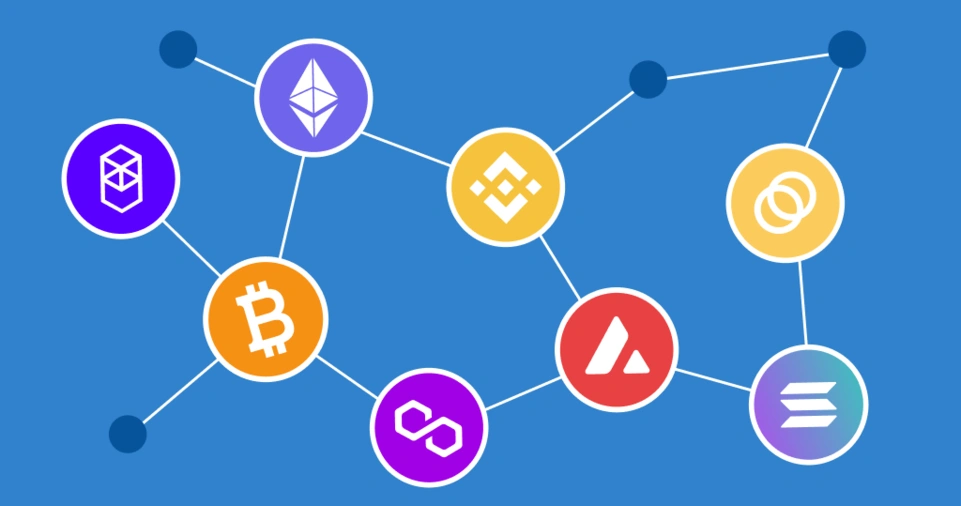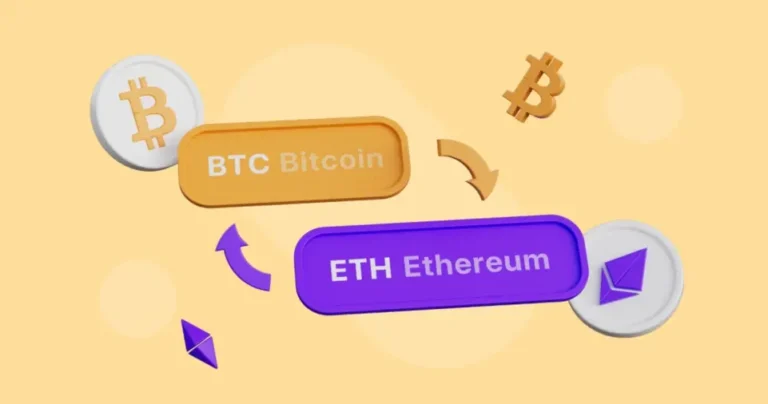How to Use Cross-Chain Bridges for Token Transfers: The rapid growth of blockchain technology has led to the development of multiple independent networks, each with its own set of protocols, assets, and functionalities.
While this has enabled innovation, it has also resulted in the fragmentation of liquidity and resources across different blockchains.
Cross-chain bridges have emerged as a crucial solution, allowing seamless transfer of tokens and assets between these networks.
These bridges enhance blockchain interoperability, enabling users to move their assets across chains efficiently without relying on centralized exchanges.
Blockchain interoperability is essential for expanding the usability and efficiency of decentralized finance (DeFi) applications, non-fungible tokens (NFTs), and other blockchain-based assets.
Investors, traders, and developers benefit significantly from the ability to interact across multiple ecosystems without limitations.
Whether you’re an investor looking to diversify assets across multiple networks, a DeFi user exploring opportunities in different ecosystems, or a developer building cross-chain applications, understanding how to use cross-chain bridges is essential.
In this guide, we will take a deep dive into cross-chain bridges, how they work, their benefits, and a step-by-step process to transfer tokens securely.
We will also explore the most popular bridges available today and provide insights on best practices to ensure a smooth and cost-effective token transfer experience.
Additionally, we will cover potential risks associated with using cross-chain bridges and how to mitigate them for safer transactions.
What is a Cross-Chain Bridge?
Understanding Blockchain Interoperability
Blockchain networks operate independently, meaning that assets on one chain cannot be directly used on another.
This lack of interoperability limits the fluid movement of funds and makes it difficult for users to interact with multiple blockchain ecosystems.
Cross-chain bridges solve this issue by acting as intermediaries that enable asset transfers between different blockchains.
Interoperability is key to ensuring seamless connectivity between networks such as Ethereum, Binance Smart Chain (BSC), Solana, Avalanche, and more.
With an increasing number of blockchains offering unique benefits, the ability to transfer assets between them is becoming a necessity.
By utilizing cross-chain bridges, users can access the best features of different ecosystems without being restricted to a single network.
How Cross-Chain Bridges Work
A cross-chain bridge works by locking tokens on the source blockchain and minting equivalent tokens on the destination blockchain.
This ensures that the supply remains constant while allowing users to move their assets freely across chains.
Some bridges use a wrapping mechanism where the original asset is held in a smart contract while issuing a wrapped version (e.g., Wrapped Bitcoin (WBTC) on Ethereum).
Others rely on liquidity pools and validators to facilitate seamless transfers.
Bridges can be categorized based on their mechanisms:
- Lock-and-Mint Bridges: These lock the original token in a smart contract and mint an equivalent token on the target blockchain.
- Burn-and-Mint Bridges: The original token is burned on the source chain, and a new token is minted on the destination chain, ensuring supply consistency.
- Liquidity Pool Bridges: These use liquidity pools on both chains to facilitate faster swaps without requiring token wrapping.
Types of Cross-Chain Bridges
- Trustless Bridges – Operate using smart contracts and algorithms without third-party involvement, making them more decentralized and secure.
- Federated Bridges – Require a group of validators or a trusted entity to approve transactions.
- Liquidity-Based Bridges – Use liquidity pools to facilitate swaps between tokens on different blockchains.
- Wrapped Asset Bridges – Lock assets on the source chain and issue wrapped versions on the target chain.
- Hybrid Bridges – Combine elements of multiple bridging mechanisms to enhance security and efficiency.
Benefits of Using Cross-Chain Bridges

Increased Accessibility to DeFi and dApps
By bridging assets across different blockchains, users can access a wider range of decentralized applications (dApps) and DeFi platforms.
This allows them to participate in staking, lending, farming, and trading opportunities on multiple networks.
Cross-chain bridges enable seamless interaction with new blockchain ecosystems, unlocking diverse investment and earning opportunities that may not be available on a single network.
Users can leverage the benefits of low-fee networks while still maintaining access to Ethereum-based applications or other blockchain-specific functionalities.
Reduced Transaction Costs
Ethereum gas fees can be high, prompting users to move assets to more cost-effective chains like Binance Smart Chain (BSC), Solana, or Avalanche.
Cross-chain bridges help users transfer their tokens to lower-fee environments while maintaining liquidity.
For example, instead of paying high gas fees on Ethereum, users can bridge their assets to Polygon or Arbitrum, where transaction fees are significantly lower.
This makes DeFi activities like yield farming and staking more profitable by reducing operational costs.
Enhanced Liquidity
Token bridges facilitate the movement of assets between different chains, improving overall liquidity in the market.
This is beneficial for both traders and developers looking to integrate multi-chain functionalities into their projects.
With higher liquidity, users can execute large transactions with minimal slippage, while developers can ensure their dApps remain efficient and accessible across multiple blockchain networks.
Decentralization and Security
By enabling peer-to-peer transactions across blockchains, cross-chain bridges reduce reliance on centralized exchanges, lowering risks associated with hacking, regulatory interference, and withdrawal limits.
Additionally, decentralized bridges provide more control over assets, allowing users to maintain full custody rather than depending on third-party platforms.
ALSO READ: How to Develop a DAO (Decentralized Autonomous Organization)
Step-by-Step Guide to Using a Cross-Chain Bridge
Step 1: Choose a Reliable Cross-Chain Bridge
Selecting a trustworthy bridge is crucial to ensure a smooth and secure transfer.
Here are some of the most popular cross-chain bridges:
- Portal Bridge (Wormhole) – Supports Ethereum, Solana, BSC, and more.
- Synapse Protocol – Offers fast, low-cost bridging solutions.
- Stargate Finance – Uses unified liquidity pools for seamless transfers.
- Multichain (formerly AnySwap) – A widely used bridge supporting multiple assets and blockchains.
- Hop Protocol – Ideal for Layer 2 to Layer 1 transfers.
- LayerZero – A messaging protocol that facilitates cross-chain interactions beyond token transfers.
When choosing a bridge, consider factors such as supported chains, transaction fees, transfer speed, and security measures.
Step 2: Connect Your Wallet
Most bridges support multiple wallets, including:
- MetaMask – Compatible with Ethereum, BSC, Polygon, and more.
- Trust Wallet – A user-friendly multi-chain wallet.
- Phantom – Ideal for Solana-based transactions.
- Keplr – Best for Cosmos ecosystem transfers.
To connect your wallet:
- Open the cross-chain bridge website.
- Click on “Connect Wallet.”
- Select your preferred wallet and approve the connection.
Step 3: Select the Token and Networks
Once your wallet is connected:
- Choose the token you want to transfer.
- Select the source blockchain where your token is currently held.
- Select the destination blockchain where you want to send the token.
ALSO READ: How to Optimize Gas Fees on Ethereum and Other Networks
Conclusion
Cross-chain bridges are a game-changer in the blockchain space, enabling users to seamlessly transfer tokens across multiple networks.
They provide increased accessibility to DeFi, reduced transaction costs, enhanced liquidity, and greater decentralization.
By following the step-by-step guide and implementing best practices, users can ensure secure and cost-effective cross-chain transfers.
Always research your chosen bridge, verify transaction details, and stay informed about network conditions for a smooth experience.











